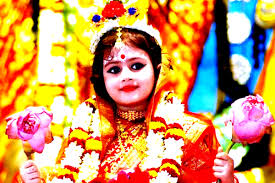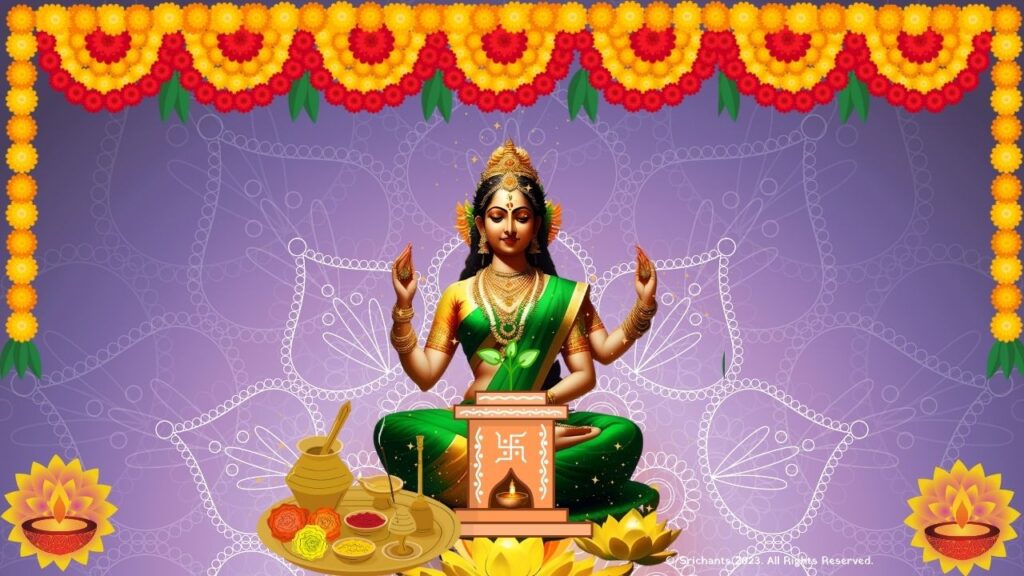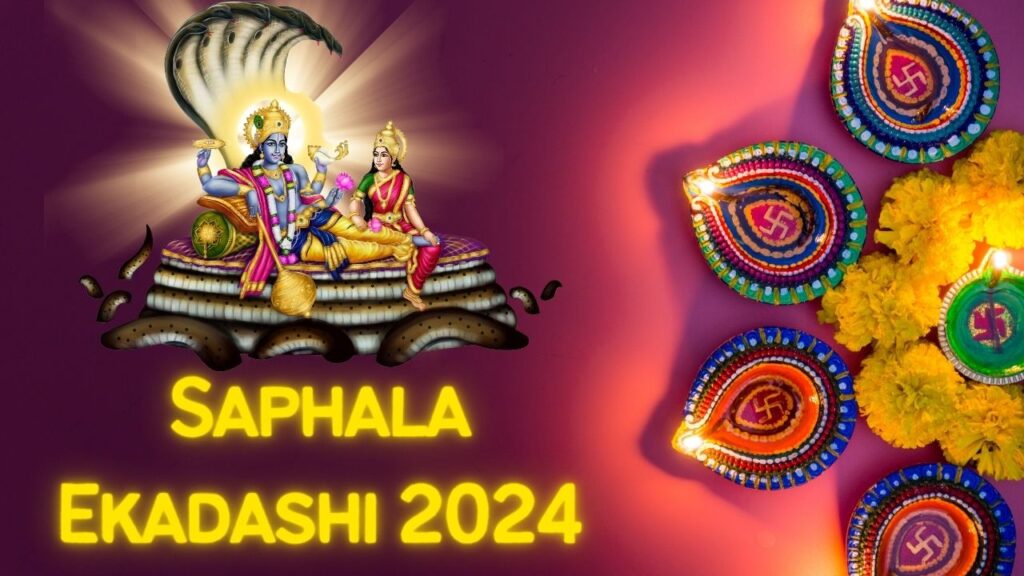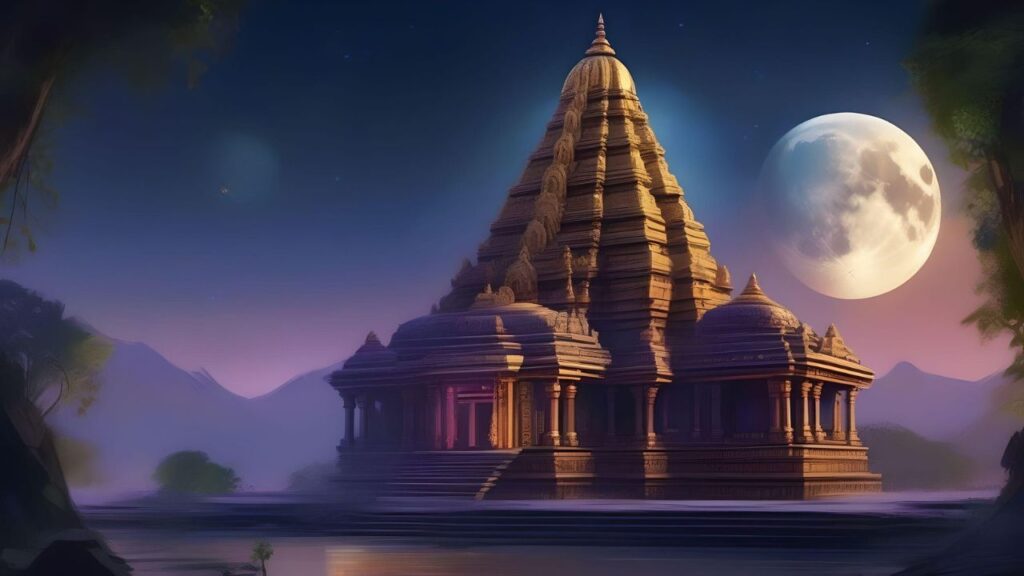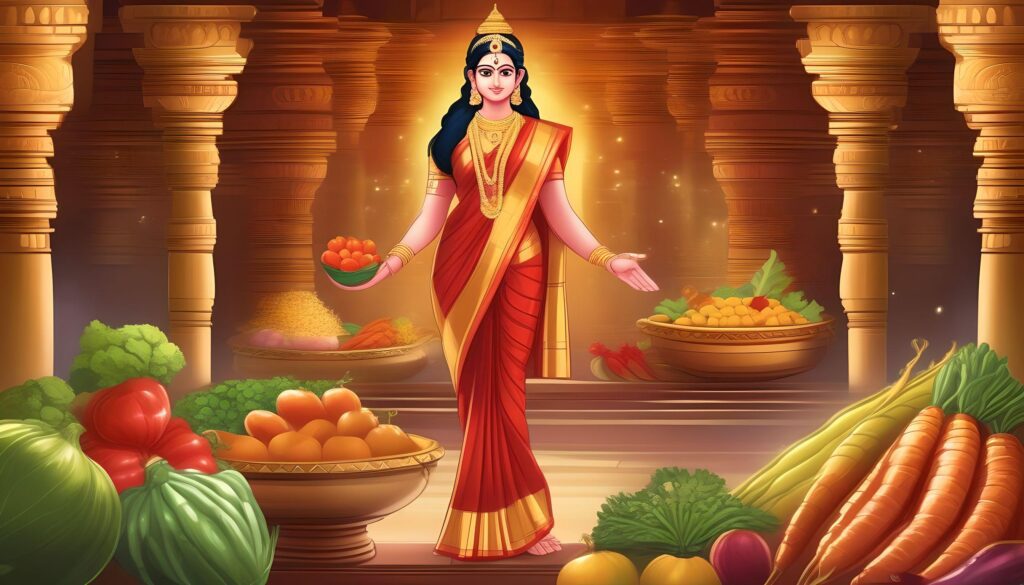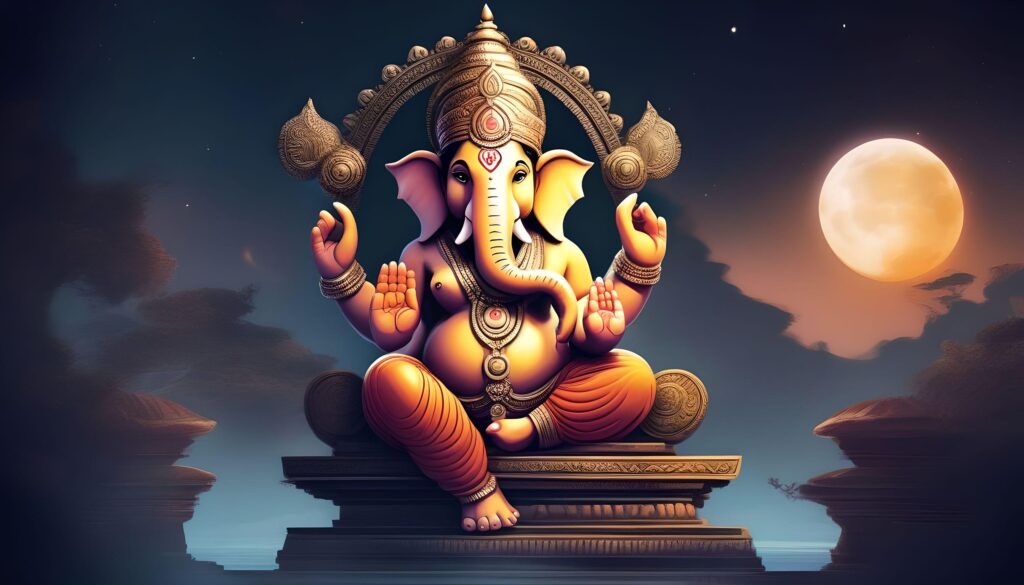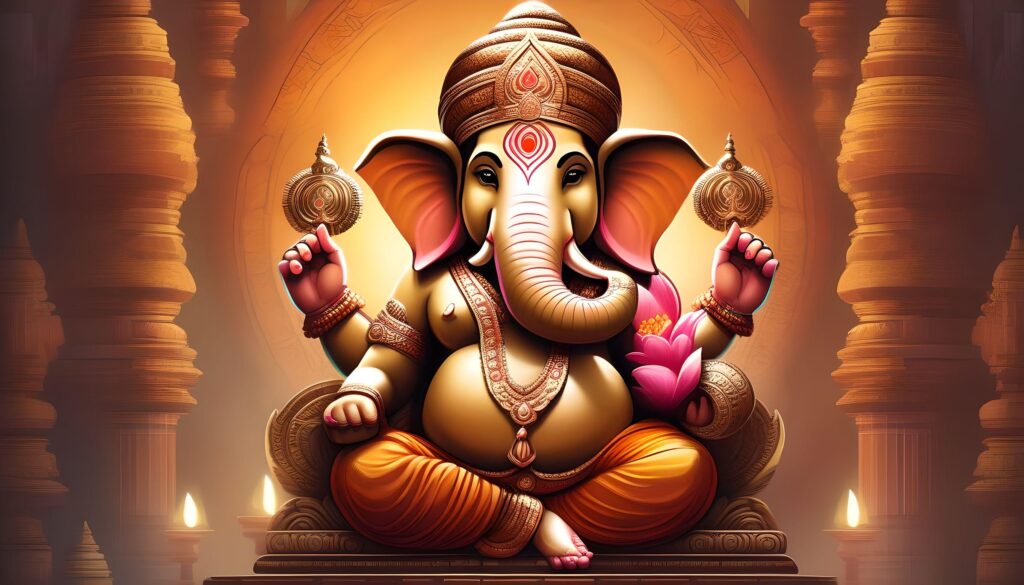kumari puja and Its Significance in Bengal’s Durga Puja Festival
Introduction
Indian culture has been profoundly influenced by the age-old tradition of worshiping the Almighty as the Divine Mother. This sacred practice has transformed into a living religion for the Indians, who place the utmost level of devotion and faith in the feminine manifestation of the Divine. Kumari Puja, a significant ritual during the Durga Puja festival in Bengal, is one such celebration that exemplifies this devotion. This article will explore the cultural significance, rituals, and rich history of Kumari Puja, elucidating the reason why Bengalians worship living deities during this auspicious occasion.
The Evolution of Mother Worship in India
The worship of the Divine Mother can be traced back to ancient civilizations, including the Indus, Greece, Rome, Babylon, and Egypt.. Nature, art, learning, culture, and enlightenment were all manifestations of reverence for the Divine Mother in these cultures. Nevertheless, in India, Mother Worship has surpassed tradition and has become an essential component of the nation’s religious fabric. Bengalis have elevated this devotion to the highest level, and it holds a special spot in their hearts.

Durga Puja: The Pious Worship of Goddess Durga
The most revered and prevalent form of Mother Worship in Bengal is Durga Puja, which is the worship of Goddess Durga. Sri Ramakrishna, a distinguished spiritual leader, once stated, “To regard God as Mother is the purest and most elevated form of Sadhana.” In Bengal, this sentiment is profoundly ingrained in the culture, as elderly individuals affectionately refer to young girls as “Ma,” which translates to “mother.” The relationship between a mother and her infant is revered as sacred and all-encompassing.

The Splendor of Kumari Puja in Bengal
Kumari Puja, which is also referred to as Kanya Puja, is a unique spectacle during the Durga Puja festival in Bengal. Young females who embody the divine qualities of the Mother Goddess are the subject of ceremonial worship. In Bengal, Kumari Puja is celebrated on Maha Ashtami, the eighth day of Durga Puja. However, in other regions of India, it is observed on the ninth day or the final day of Navaratri. The focal point of Kumari Puja is Belur Math, the headquarters of Ramakrishna Mission ashrams, which draws devotees from all over the world.
The Origins and Significance of Kumari Puja
The profound devotion of Sri Ramakrishna to the Divine Mother and his unwavering faith in Mother Worship are the foundations of Kumari Puja. Sri Ramakrishna posits that the Divine Mother is embodied by young females at a young age, who are unaffected by the negative influences of the materialistic world. The saffron-clad monks of the Ramakrishna Order at Belur Math worship a juvenile girl as a goddess on Maha Ashtami in order to honor this belief.
The Rituals and Ceremonies of Kumari Puja
The Kumari Puja ceremony at Belur Math is a magnificent event that is distinguished by its spectacular rituals and cultural refinement. The selected Kumari, a pre-puberty girl, is draped in a vibrant crimson or fiery yellow sari with a golden border and adorned with exquisite jewelry. She is bathed in the sacred waters of the Ganga. The monks and devotees offer flowers to her in order to obtain her graces through prayer. The devotees’ devotion and reverence are captured through the live telecast of the entire ceremony throughout West Bengal.
The Dichotomy of Kumari Puja
Kumari Puja is a commemoration of the celestial bond between the Divine and the human, but it also highlights a dichotomy within Hinduism. Despite the fact that the Divine Mother is revered during festivals such as Durga Puja, Indian society is still predominantly patriarchal and misogynistic. The restriction of menstruating women from accessing temples is indicative of the ongoing victimization of women by excessive religious orthodoxy. The paradox of exclusively worshiping feminine power through prepubescent girls while marginalizing menstruating women necessitates resolution.
Empowering the Girl Child
The mere worship of the female child as a goddess during Kumari Puja is insufficient to effect genuine change in the role and position of women in Indian society. The female child is entitled to economic freedom, safety, respect, education, and social empowerment. It is essential for society to guarantee that females are treated equitably and are granted the autonomy to determine their own fate, thereby transcending the glass ceilings established by societal norms. The celebration of Kumari Puja will have a lasting impact on the lives of females throughout India only then.

Conclusion
The unwavering devotion and faith of Bengalis in the feminine manifestation of the Divine are exemplified by Kumari Puja. The spiritual significance and rich cultural heritage of Mother Worship are exemplified by this sacred ritual during the Durga Puja festival in Bengal. Nevertheless, it also underscores the necessity of societal transformation and the empowerment of women beyond ceremonial devotion. As we commemorate Kumari Puja, let us endeavor to establish a society that prioritizes and empowers the girl child, guaranteeing her proper position in all facets of existence.
#kumaripuja #durga #durgapuja
